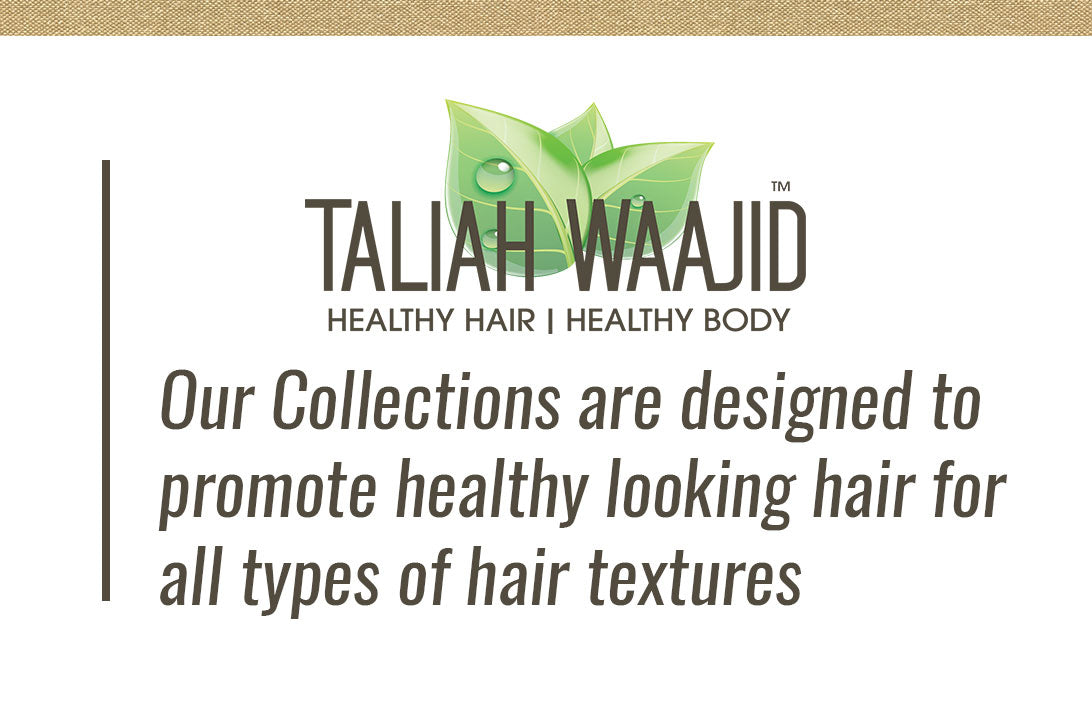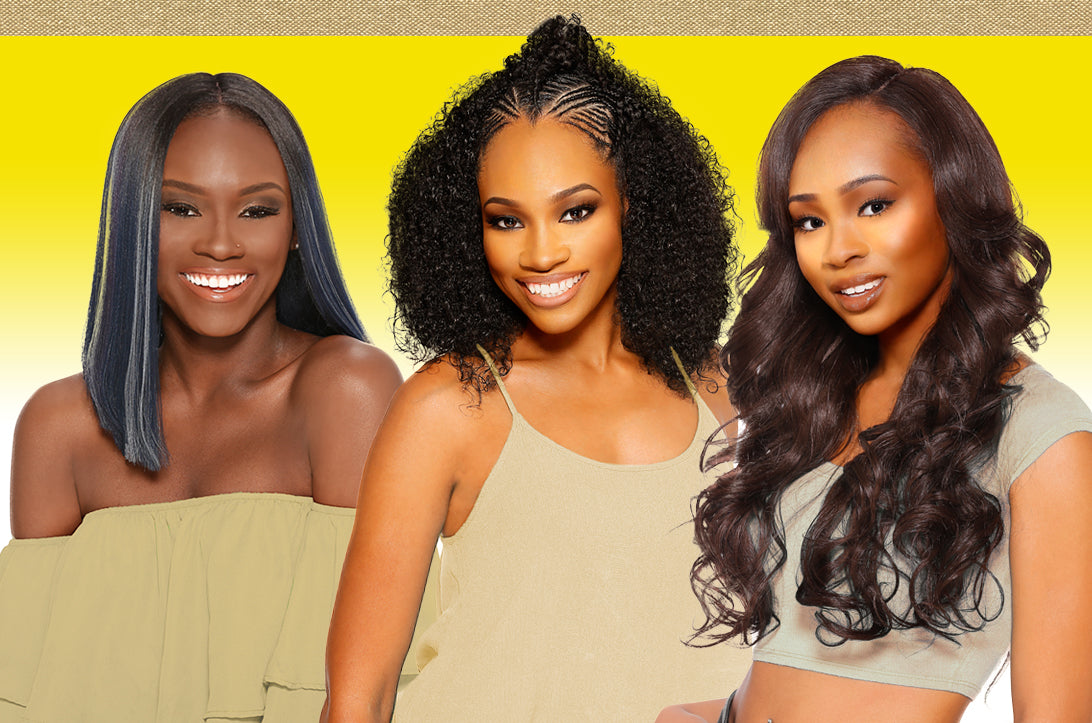The most important aspect of going natural—and being comfortable with being natural—is understanding your hair’s character. Truly knowing how your hair works is key to making the best care and styling decisions to protect your hair and keep it healthy. Depending on your hair’s curl pattern, your hair may respond differently to various techniques and products. Understanding your hair and how it works also can help tremendously with achieving your desired look.
The following list classifies the three major curl patterns in order from curliest to wavy, and their subsets. However, do keep in mind that your head of hair may actually be made up of several different curl types. Hair strands of all curl patterns range in textures (soft, wiry, coarse, etc), thickness (fine, medium, broad) and density (the amount of hair in one section or square inch). Porosity, or the hair's ability to absorb moisture, is another factor to consider in selecting products. As none of these categories are absolute, it's best to use them to get a better sense of your hair's personality, strengths and weaknesses.
 Type 4: Ultra-Curly Hair
Type 4: Ultra-Curly Hair
Due to its super tight coily curl pattern, type 4 hair is the most fragile and delicate as it tends to be dry, brittle and prone to damage and breakage if neglected. Applying moisture regularly and often is key to maintaining this type's overall health and growth potential. The three types of ultra-curly hair are:
Type 4C: This curl pattern is tightly coiled spirals with the least definition. Type 4C hair is the most fragile hair type and experiences 70% or more shrinkage.
Type 4B: This delicate hair type is characterized by its fluffy appearance. Strands are tightly coiled spirals with little to no definition. Type 4B hair experiences a lot of dryness and up to 70% shrinkage.
Type 4A: This hair type often has a defined “S” pattern when stretched. Hair also tends to form clear spiral curls.
Product Recommendations: Heavier creams and soufflés work best to provide and lock in moisture and assist with styling choices for Type 4 hair. Try our Curly Curl Cream here or our Curl Soufflé here.
 Type 3: Curly Hair
Type 3: Curly Hair
Type 3 strand patterns possess a definite springy curl. Typically full-bodied and prone to frizz, this type is easy to damage if not given proper care. Maintaining this type's moisture is important as is making sure to avoid any unnecessary agitation which causes tangles and breakage. The three types of curly hair are:
Type 3C: This curl type is the most voluminous with defined corkscrew patterns. Though finer, 3C hair is usually denser and coarser.
Type 3B: Typically bigger in volume, these curls tend to be coarse and dense though less shiny. Again, frizz is a big issue.
Type 3A: These curls form defined loops that are prone to frizz and a loss of definition.
Product Recommendations: Gels and light soufflés help to maintain curl definition and fight frizz. I recommend a bit of water in combination with our Curl Gello, Curl Sealer or Curl Soufflé.
 Type 2: Wavy Hair
Type 2: Wavy Hair
The next hair type, wavy, lies between curly and straight. Wavy hair varies in thickness and S-shaped waves. A proper balance of moisture and conditioning is important to maintaining this hair type. The three types of wavy hair are:
Type 2C: This nearly curly wave is the coarsest of the wavy hair type. Thicker and frizzier, 2C hair has a well-defined wave pattern.
Type 2B: This wavy hair type tends to be shorter with a more pronounced S-shaped strand pattern.
Type 2A: This hair type is fine and thin with a loose S-shaped strand pattern.
Product Recommendations: Gels and light soufflés gives waves the boost they need to maintain their shape. I recommend a bit of water in combination with our Curl Gello, Curl Sealer and/or Curl Soufflé.
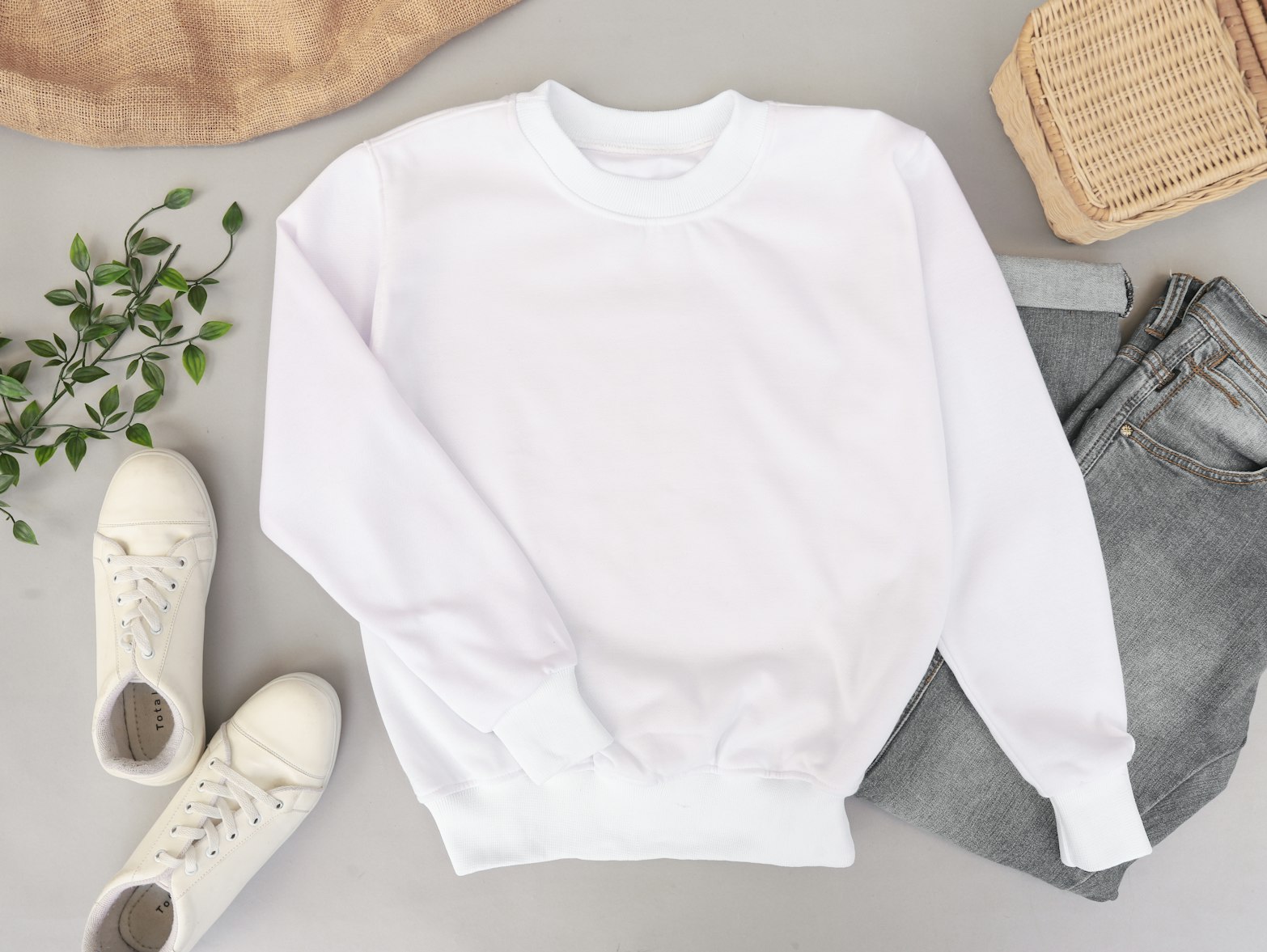
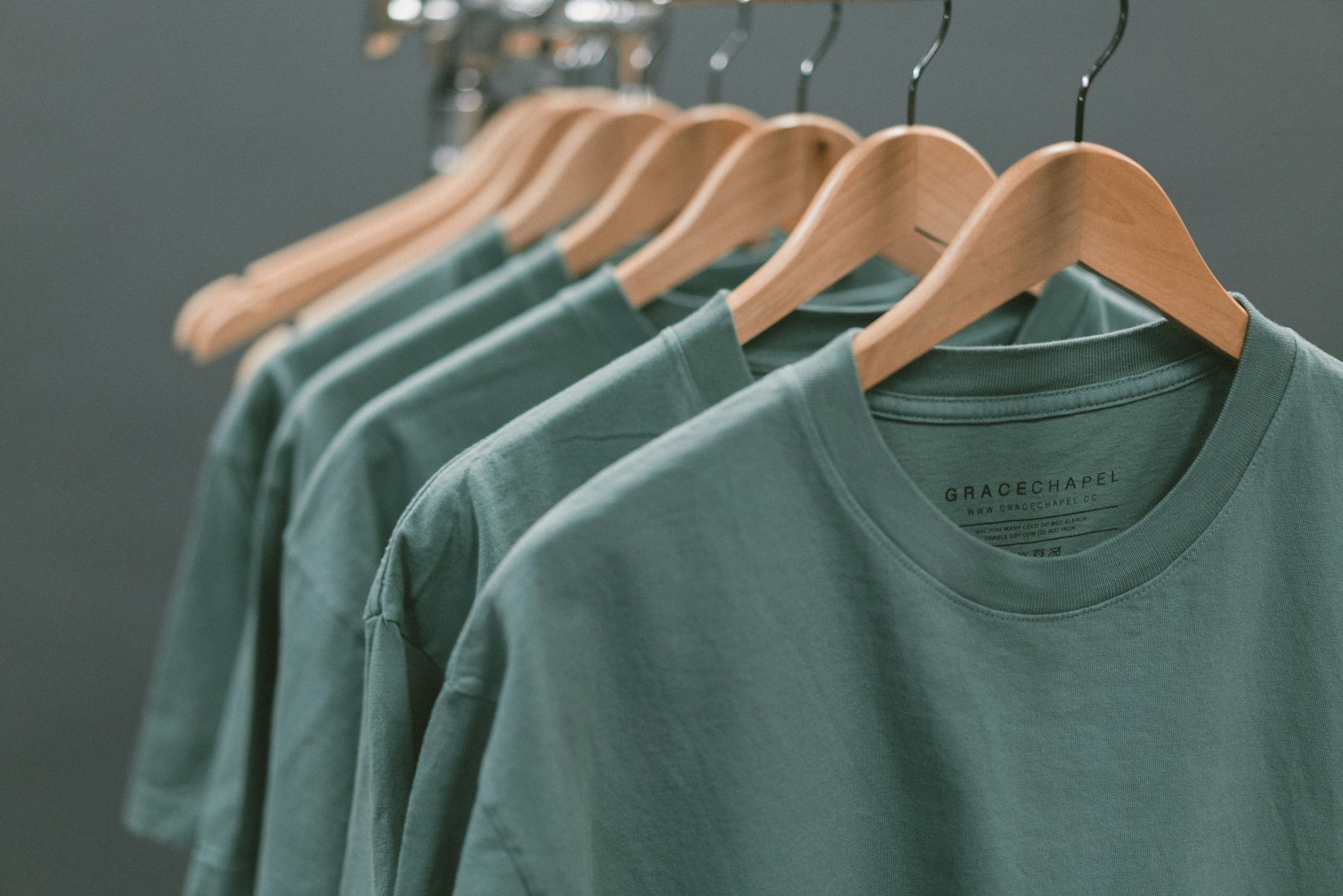
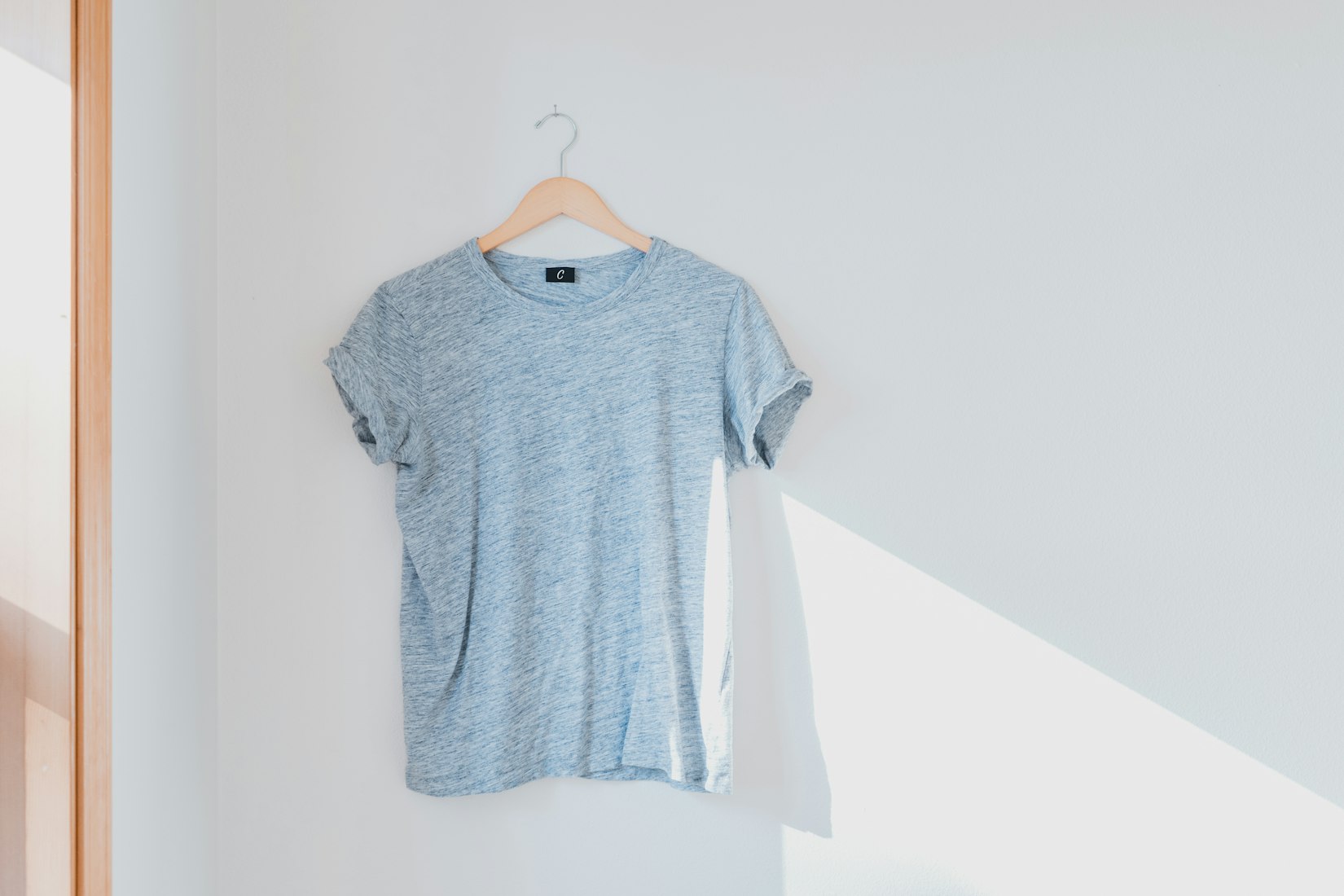
 English
English Arab
Arab
